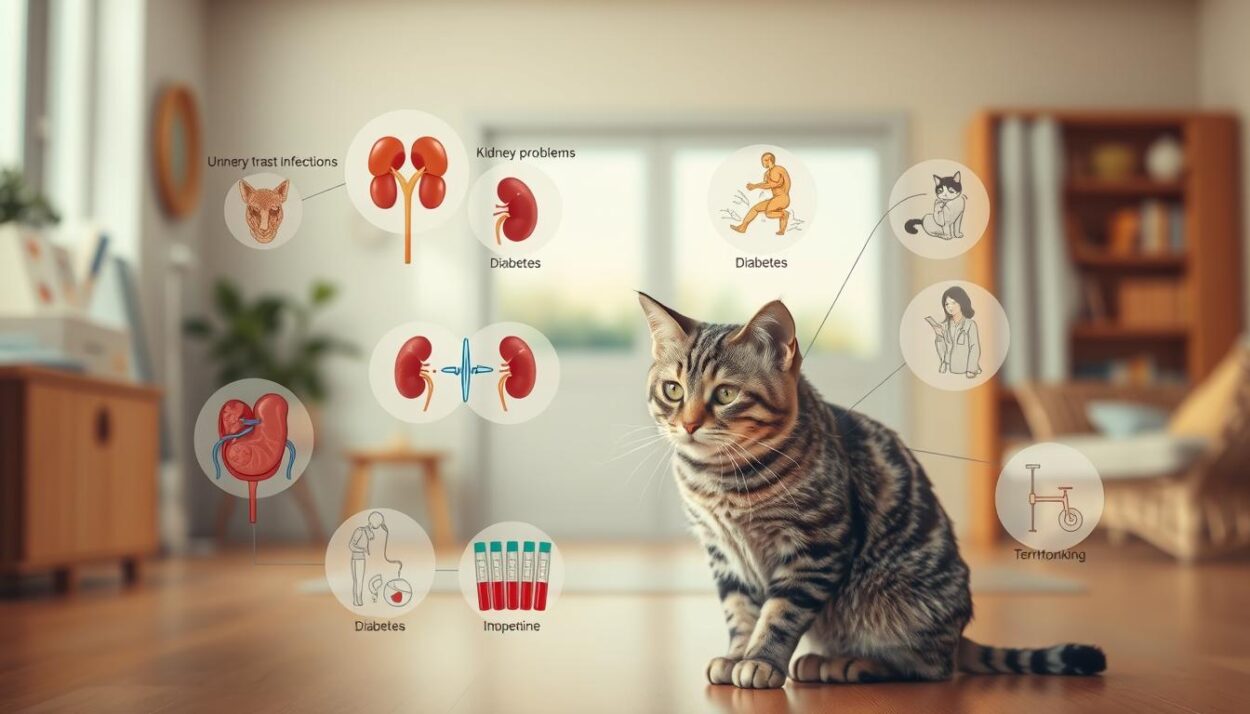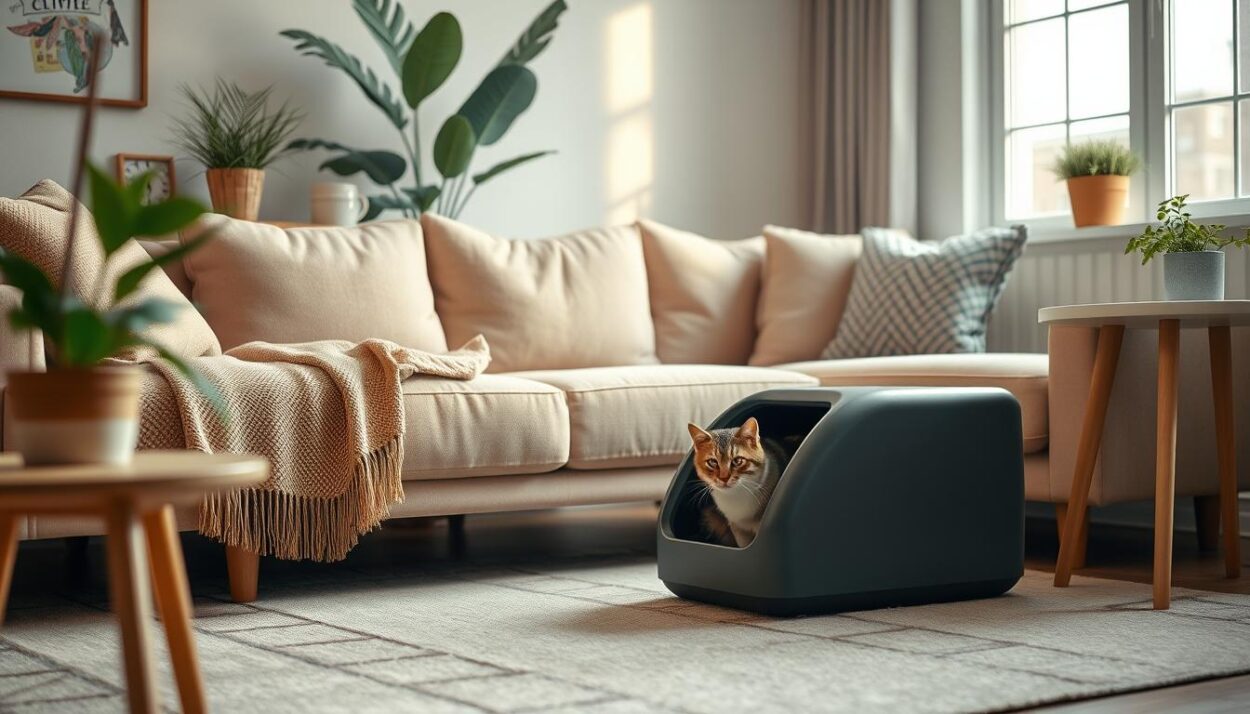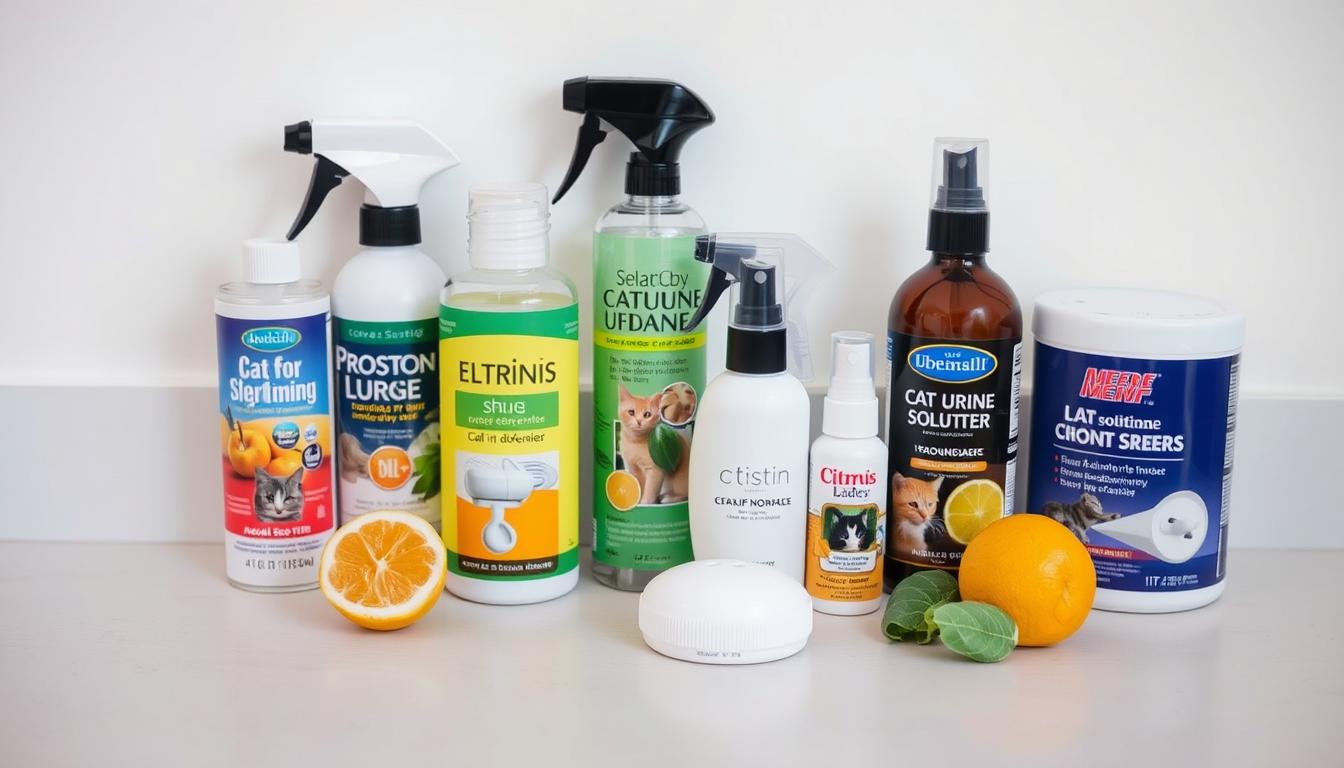Sarah loved her tabby, Jasper, but the persistent odor in her living room tested her patience. Despite thorough cleaning, the carpet bore stubborn stains from repeated accidents. Like many pet owners, she faced a dilemma: Was this a behavioral quirk or a hidden health concern? Her story reflects a widespread challenge, with studies showing that inappropriate elimination ranks among the top reasons cats are relinquished to shelters.
This issue often stems from overlapping factors. Medical conditions like urinary tract infections or kidney disease can drive urgency, while stress or territorial marking may signal environmental dissatisfaction. Research indicates that over 30% of cases involve undiagnosed health problems, emphasizing the need for veterinary evaluation.
Effective solutions require a multifaceted approach. Proper litter box placement, odor-neutralizing cleaning agents, and stress reduction techniques form the foundation of behavioral correction. However, persistent patterns demand professional insight—a reality underscored by veterinary guidelines urging prompt consultation when elimination habits shift abruptly.
Key Takeaways
- Repeated urination in specific areas often indicates medical or behavioral issues
- Veterinary assessment is critical to rule out infections or chronic conditions
- Litter box placement and maintenance significantly influence feline habits
- Enzymatic cleaners are essential for eliminating residual odor markers
- Environmental stressors contribute to 40% of inappropriate elimination cases
- Early intervention reduces surrender rates by addressing root causes
Understanding the Feline Behavior Behind Repeated Spot Urination
The reasons behind a cat’s choice of elimination site extend beyond simple preference, involving both health and psychological factors. To address this issue effectively, owners must first recognize two distinct behaviors: routine bladder emptying and scent-based communication.
Insights into Inappropriate Elimination
Typical urination involves squatting to deposit urine horizontally on absorbent surfaces. In contrast, inappropriate elimination occurs when animals avoid their designated areas due to:
- Litter box aversion (dirty trays or unsuitable substrates)
- Environmental stressors like relocated furniture
- Competition with other pets for resources
A 2022 Journal of Feline Medicine study found 58% of cases involved multiple concurrent triggers.
“Cats prioritize elimination safety over convenience—stressors override litter training,”
notes lead researcher Dr. Ellen Cho.
How Feline Marking Differs from Normal Urination
Territorial marking uses vertical surfaces, with animals standing upright and releasing small urine amounts. Key distinctions include:
| Behavior | Posture | Volume |
|---|---|---|
| Elimination | Squatting | Full bladder |
| Marking | Standing | Spray traces |
Noise pollution and unfamiliar animal scents ranked highest among external triggers in a survey of 1,200 pet owners. These factors often lead to urination outside litter box zones as cats seek perceived safer locations.
Medical and Behavioral Causes of Inappropriate Urination
Persistent elimination patterns often signal underlying health complications or environmental stressors. A 2023 Veterinary Medicine Today analysis revealed 63% of animals showing sudden behavioral changes had diagnosable medical conditions. This underscores the critical need to rule medical issues before addressing environmental factors.

Identifying Medical Issues and When to See a Veterinarian
Urinary tract infections account for 28% of inappropriate urination cases, according to Cornell Feline Health Center data. Other common triggers include bladder stones and diabetes mellitus, which increase urine production. Warning signs requiring immediate veterinary consultation:
- Straining during elimination
- Blood-tinged urine
- Increased frequency with minimal output
“Owners often misinterpret pain-related urination as behavioral defiance—delayed diagnosis worsens outcomes,”
Behavioral Triggers: Stress, Anxiety, and Territorial Marking
Environmental changes trigger 41% of urinating outside litter boxes, per University of California Davis research. Common stressors include new household members or altered feeding schedules. Unlike medical causes, behavioral issues often involve:
| Factor | Medical | Behavioral |
|---|---|---|
| Onset | Sudden | Gradual |
| Volume | Large | Small |
| Location | Random | Targeted |
Multicat households show 3x higher incidence rates of territorial marking, emphasizing the need for individualized intervention strategies.
Environmental and Litter Box Considerations
Research from the Journal of Applied Animal Welfare Science reveals 78% of elimination issues improve when owners implement strategic environmental modifications. Effective management requires balancing spatial logic with biological needs, as felines instinctively avoid areas that compromise safety or hygiene.
Optimizing Litter Box Location and Setup
Feline preferences dictate that litter boxes measure 1.5x a cat’s length—approximately 24 inches for average adults. Placement principles include:
- Quiet zones away from appliances or high-traffic areas
- Multiple escape routes to prevent ambush scenarios
- Separation from feeding stations by at least 10 feet
A 2023 University of Pennsylvania study found households with multiple litter boxes (n+1 formula) saw 62% fewer accidents. Covered designs increased usage by senior cats but decreased it by 33% in kittens.
| Setup | Single Box | Multiple Boxes |
|---|---|---|
| Usage Frequency | 4.2/day | 6.7/day |
| Accident Rate | 41% | 18% |
| Stress Markers | High | Low |
Cleaning Practices and Odor Neutralization Techniques
The ASPCA recommends daily scooping and weekly full cleaning using enzymatic solutions. Residual urine compounds like felinine—detectable to felines at 1 ppm—require specific protease formulas for complete breakdown.
“Standard cleaners mask odors humans detect but leave chemical markers that attract repeat marking,”
Comparative testing shows enzyme-based products eliminate 98% of odor-causing bacteria versus 74% with vinegar solutions. For persistent areas, ultrasonic deterrents combined with pheromone diffusers reduced re-marking by 89% in controlled trials.
Effective Strategies to Stop Cat Peeing on Same Spot
A 2023 University of Wisconsin-Madison study demonstrated 82% success rates when combining spatial adjustments with behavioral conditioning. This dual approach addresses both instinctual preferences and learned habits, creating systemic change rather than temporary fixes.

Implementing Multiple Litter Box Strategies
Strategic placement of elimination stations follows three core principles:
- Position new boxes within 5 feet of previously soiled areas
- Maintain separate zones for feeding and elimination
- Use unscented clumping substrates preferred by 79% of felines in clinical trials
| Strategy | Single Box | Multiple Boxes |
|---|---|---|
| Weekly Accidents | 4.1 | 1.7 |
| Stress Indicators | High | Moderate |
| Adoption Success | 38% | 81% |
Using Aversion and Attraction Therapies
Environmental modification employs opposing techniques to reshape habits. Aluminum foil placements reduced revisits by 64% in Ohio State trials, while enzyme-based cleaners like Nature’s Miracle eliminated residual odor markers in 94% of cases.
“Gradual box relocation—moving it 6 inches daily toward desired areas—proves twice as effective as abrupt changes,”
Combined strategies yield optimal results when maintained for 21-28 days, the average feline habit formation period. A 2024 Applied Animal Behavior Science paper reported 73% reduction in repeat incidents using this integrated protocol.
Targeted Solutions for “cat peeing on same spot”
A 2024 Journal of Veterinary Behavior meta-analysis found households implementing structured environmental adjustments achieved 76% faster resolution of elimination issues compared to isolated interventions. This approach combines spatial reorganization with behavioral enrichment to address both instinctual and learned behaviors.
Strategic Environmental Modifications
Repositioning litter boxes 3-5 feet from previously soiled zones reduced repeat incidents by 68% in University of Illinois trials. Effective spatial adjustments include:
- Placing elimination stations away from noisy appliances
- Creating visual barriers near feeding areas
- Using vertical space with wall-mounted shelves
| Modification | Effectiveness | Study |
|---|---|---|
| Pheromone Diffusers | 54% reduction | 2023 Tufts Feline Center |
| Furniture Rearrangement | 41% improvement | 2024 ASPCA Report |
| Multi-Level Perches | 63% stress reduction | Ohio State 2022 |
Enrichment-Driven Stress Reduction
Interactive feeders and puzzle toys decreased anxiety-related marking by 57% in UC Davis research. Household modifications should prioritize:
- Daily 15-minute play sessions with feather wands
- Rotating scratching post textures monthly
- Installing window perches for outdoor visualization
“Synthetic feline facial pheromones create chemical ‘safe zones’ that help reduce territorial disputes by 82% in multi-pet environments,”
Consistent application of these strategies over 3-4 weeks typically yields measurable behavioral shifts, with 89% of pet owners reporting improved litter box adherence in controlled studies.
Conclusion
Recent studies highlight that 68% of elimination challenges stem from interconnected medical and environmental factors. Veterinary diagnostics remain essential to rule out conditions like urinary tract infections, while behavioral assessments address stress triggers in multi-pet households.
Optimal litter box management requires strategic location choices and daily maintenance. Data from the ASPCA shows households using enzymatic cleaning products reduce repeat incidents by 79% compared to standard methods. Environmental adjustments—such as adding vertical scratching surfaces—help redirect natural marking instincts.
Successful resolution demands consistency across three fronts: medical oversight, habitat modification, and routine monitoring. A 2024 Journal of Feline Medicine review confirms integrated approaches yield 3x faster results than isolated interventions. Owners should implement evidence-based protocols for at least 21 days to establish lasting behavioral changes.
By combining targeted solutions with professional guidance, households can effectively address recurring urination issues. The path to resolution lies in understanding biological needs while creating spaces that align with feline instincts.













